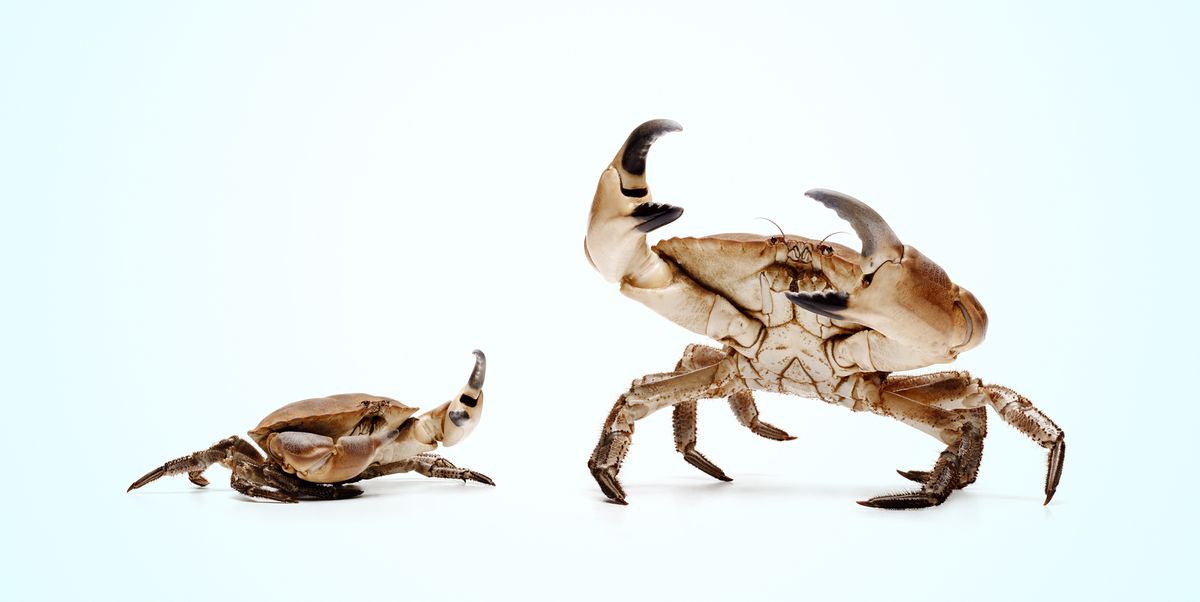Multiple Instances of Crabs Embracing Land During Their Evolution

Terrestrial plants and animals typically make a singular exit from the ocean during their evolutionary history to begin a terrestrial life. However, a study has observed that crabs appear to have left the ocean more than a dozen times, with at least two groups later returning to a marine existence.
Published on November 6 in Systematic Biology, the study provides fresh details on the evolution of the group Brachyura, encapsulating approximately 7,600 species of "true crabs." This research is so far the most detailed evolutionary tree for the group, and hints at how other early invertebrates possibly evolved to live on land, the researchers report.
Invertebrate zoologist at Seattle University, Kristin Hultgren, mentions that a holistic crab tree of life has been elusive due to insufficient research. She credits the authors of this study for developing a useful structure for understanding the intricate transition to land life while also building an extensive, accurately dated evolutionary tree.
According to evolutionary biologist at Harvard University, Joanna Wolfe, the study of the transition of crabs from one habitat to another over the course of evolution has been complicated due to a lack of an extensive fossil trail, similar to certain other invertebrates. She adds that past studies frequently classified marine, freshwater, and land crabs as individual subgroups rather than a continuum which has many common features and aids in tracing their evolution.
For this study, Wolfe and her team gathered genetic data from 333 species of Brachyura group crabs and merged the data with a multitude of fossils to establish an evolutionary tree of this group. They added details about each species' life history along with their adaptations for living on land to outline a prospective timeline of when crabs migrated to drier grounds.
The researchers concluded that true crabs separated from other crustacean lineages about 230 million years ago during the Triassic Period, thereby refining earlier estimates. They observed a wide diversification of brachyurans over approximately a hundred million years subsequent to divergence during a period which was formerly termed the "Cretaceous crab revolution."
An interesting revelation in this study was that during evolution, crabs possibly adapted to a terrestrial lifestyle as many as 17 times, either via a shift from the ocean to the intertidal zone or similar saline habitats like mangroves, or through the colonization of freshwater estuaries and rivers en route to the land. However, two instances showed that crabs returned to a marine lifestyle long after they departed.
The evolutionary paleobiologist at the University of York in England, Katie Davis, says that the sheer number of times that crabs independently distanced themselves from the ocean is "astonishing." She commends the combination of molecular biology, fossils, and modern numerical techniques, which has provided insights into previously unresolved questions.
The study also provides insights into other early arthropods that transitioned to land, says Wolfe. She refers to past studies which show that crabs and insects hail from a common aquatic ancestor, albeit unknown. Modern crabs living outside water excel at preventing themselves from dehydration and have reduced their reliance on water for reproduction. By observing such crabs, it's plausible to theorize about the adaptations essential for early insects might have required for a transition to land living.
Wolfe elaborates that necessary adaptations would be required for any proto-insect aspiring to transition from the ocean to land living.




